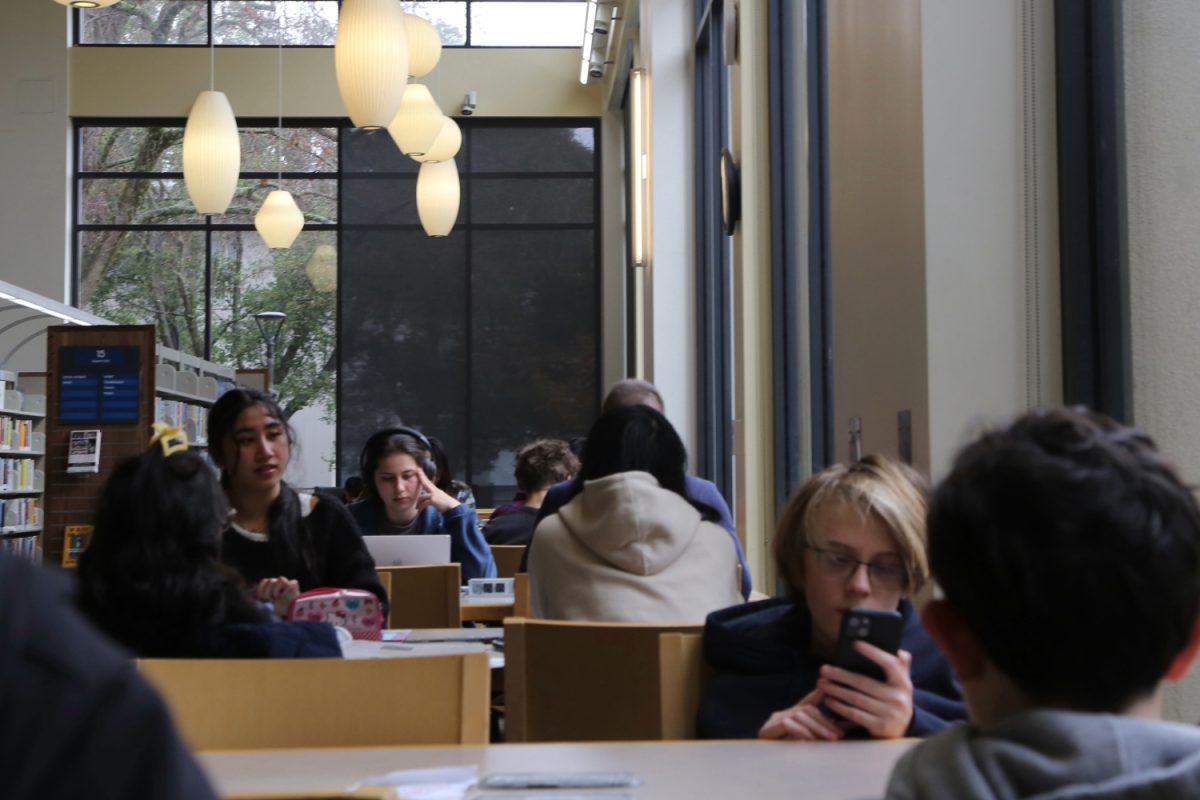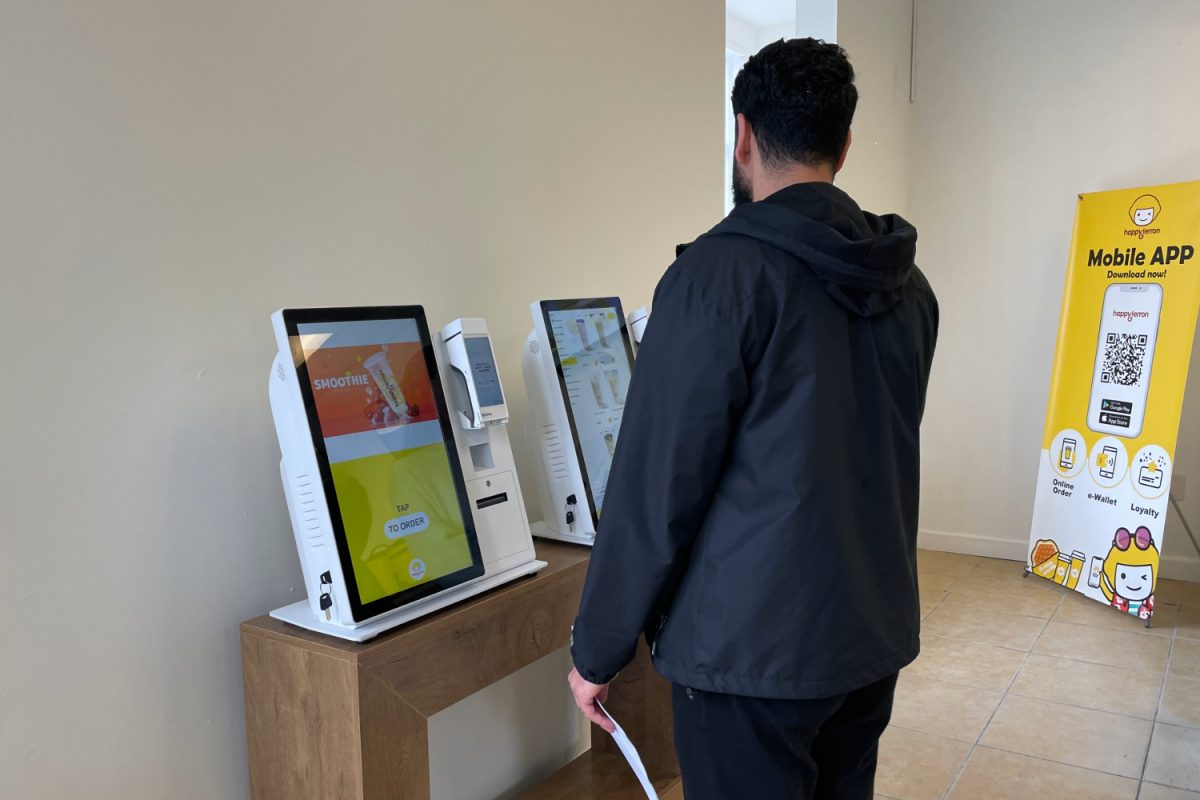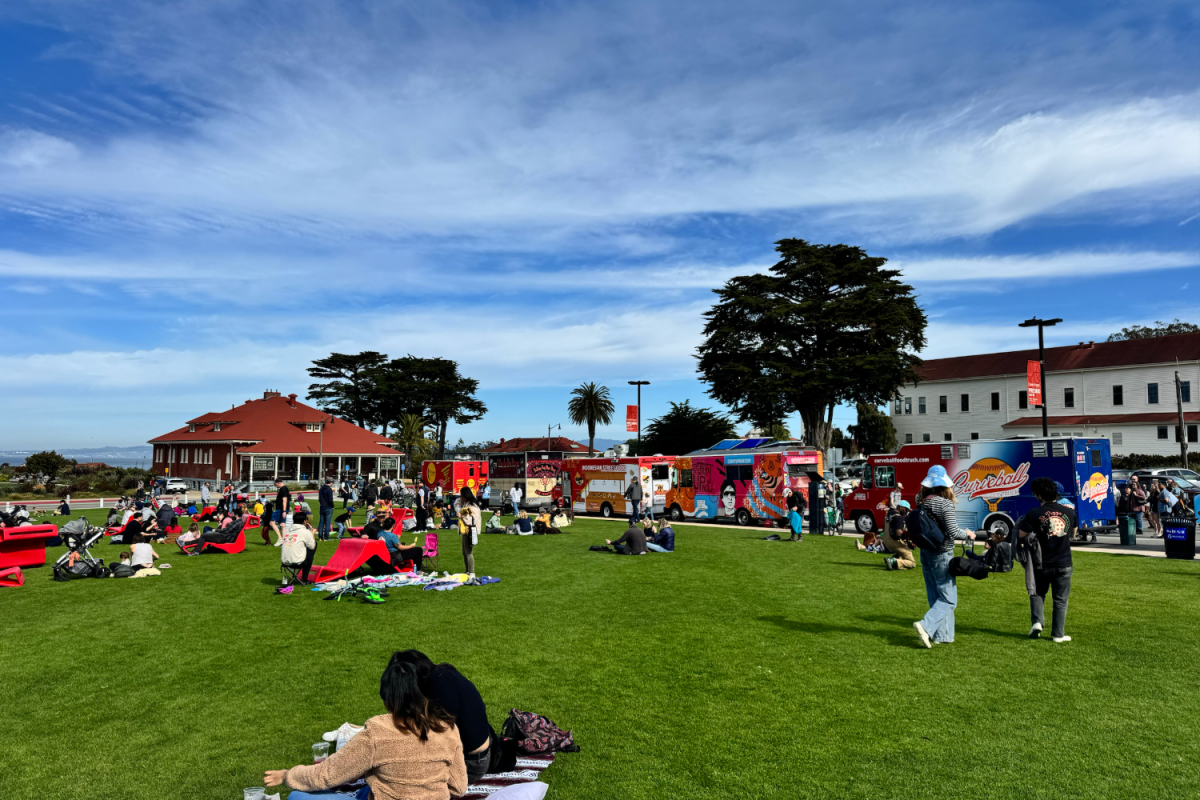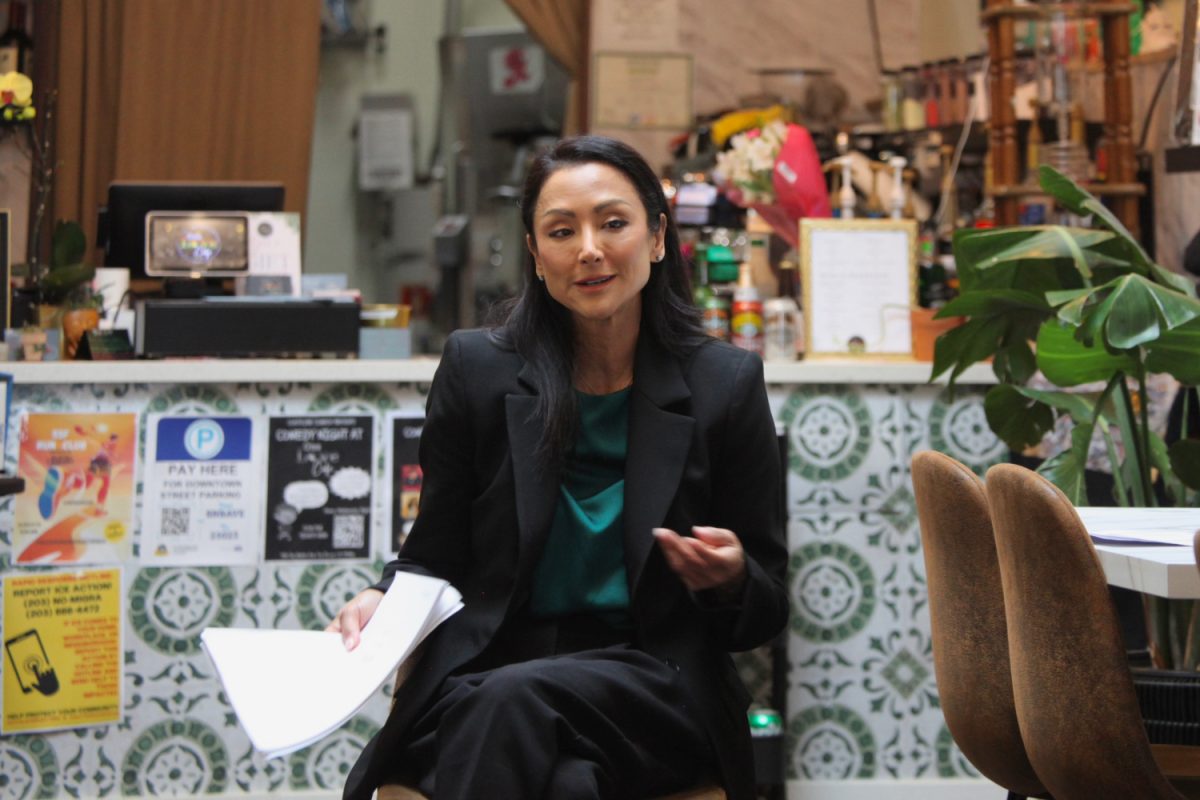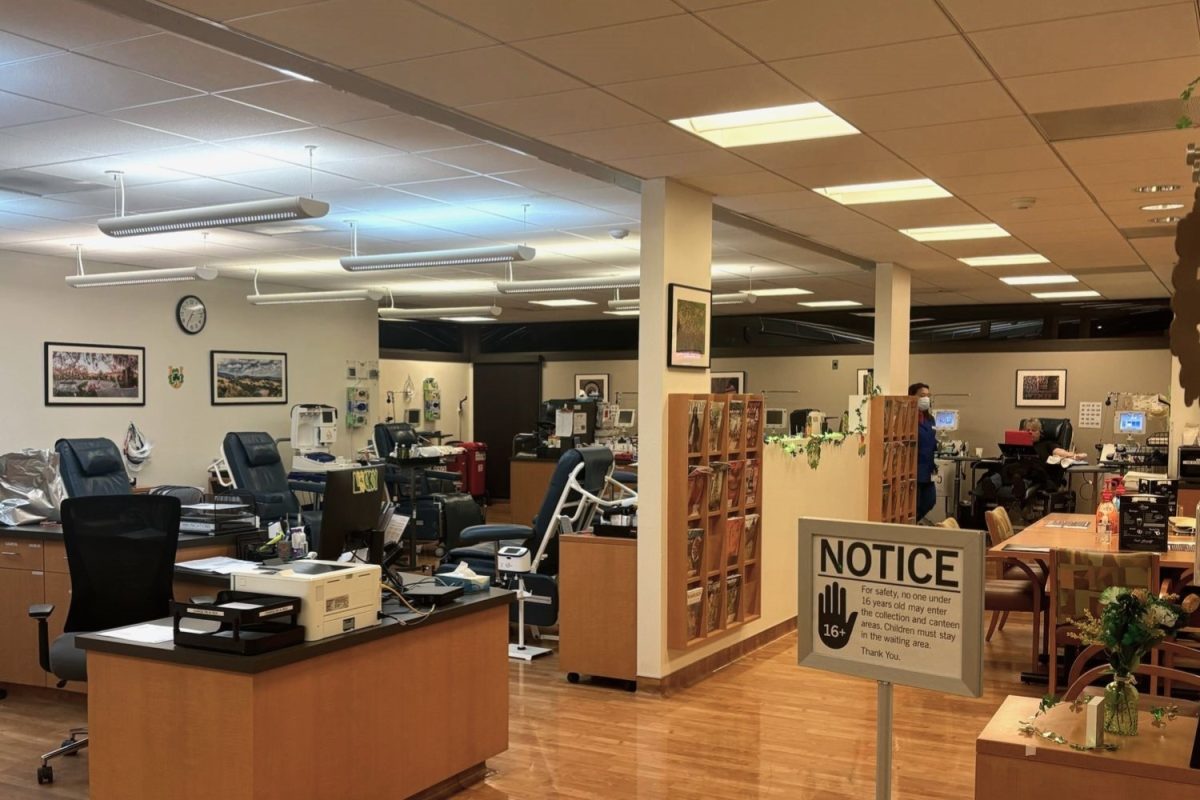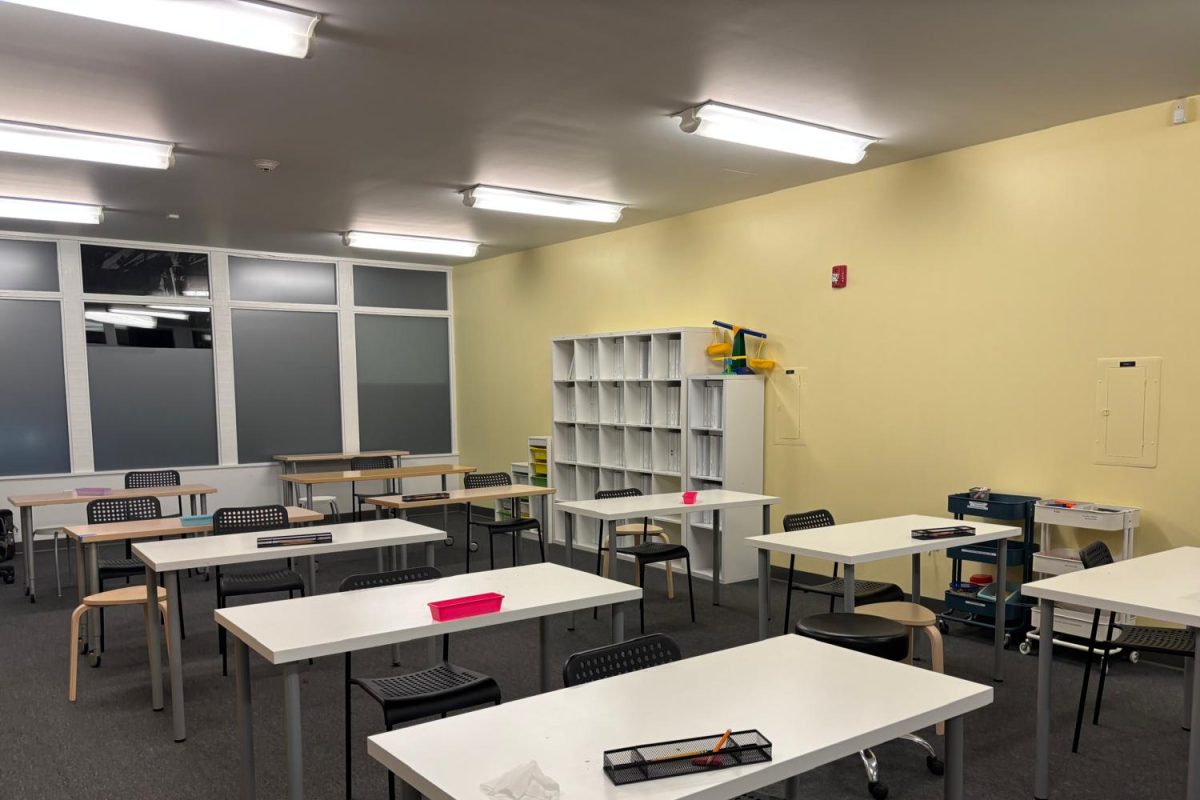The popularity and proficiency of youth reading continue to decline nationally.
This year, a newly released report from the National Assessment of Educational Progress (NAEP) showed a continual decrease in reading proficiency compared to previous years. The percentage of students in eighth grade reading at a proficient level hit an all-time low of 33%.
Aside from proficiency, reading for fun has also decreased. According to Pew Research Center, from 1984 to 2020, the percentage of 13-year-olds who read almost every day dropped 18%. The percentage of 9-year-olds who read almost every day was the highest compared to ages 13 and 17; by the later ages, it had dropped by around 20%.
According to San Carlos Youth Librarian Deidre Brill, one factor for decreased proficiency is the pandemic.
“I’ve definitely heard from some of the elementary and middle school librarians that they have seen a group of kids who entered middle school and were in first and second grade at the start of the pandemic. They had a big dip in their reading ability,” Brill said.
Although online learning disrupted many students, it also prompted people to try moving from traditional reading.
“People now access online reading so much more than they did before. They have much easier access to audiobooks and phone downloads. We saw a huge increase in library circulation of our online resources over the past five years,” Brill said.
Carlmont librarian Alice Laine noticed a similar trend with students connecting with graphic novels or digital reading. Still, reading for fun remains a lower priority.
“Especially at a school like Carlmont, where there is a big focus on academics, students tend to focus on in-class reading,” Laine said. “When I survey students, there’s an option to put down a book they’re reading right now and I notice a lot of students put down the book they’re reading in class. I think this is because they’re just not reading anything outside of class.”
One English teacher, Kylie Madson, has tried incorporating more personalized reading. Madson, who teaches Advanced Placement (AP) Literature and Composition, assigns independent reading projects that allow students to choose their own reading material.
“As a high school English teacher, I have noticed how students’ reading habits and their engagement with literature can be deeply shaped by their personal experiences and access to books. In some ways, students’ personal lives outside of the classroom, at home, or with their peers largely influence how they engage with the act of reading and also affect how they analyze and interpret a text,” Madson said.
According to English teacher Addison Gaitán, the number of students who read diligently for her class has remained consistent over the years.
“There will always be students who do not do the assigned readings or the bare minimum, but I also have many, many students who are working very hard to read and annotate nightly and come prepared to engage in discussion,” Gaitán said.
Gaitán also understands that students have high workloads that leave little time for reading for fun.
“Many of my students have nightly homework for seven or more classes, play a sport or participate in an extracurricular activity, try to find time to socialize with friends, and still attempt to get enough sleep,” Gaitán said.
Those who do enjoy reading have noticed the effects of their busier schedules.
“I don’t read because I don’t have enough time,” said sophomore Michelle Peng, who regularly read for fun before high school. “Last year, I had more time to read.”
Even as overall reading has declined, Brill has seen some renewed interest.
“We are so online and have so much information available that people are wanting to slow down a little bit from that. We are seeing a slight uptick in people wanting to participate in book clubs or people wanting to have the print items instead of an e-book,” Brill said.
According to Madson, student interest is often renewed outside of required reading.
“Independent reading projects show me that students often want to read and are usually excited to do so, but they simply do not have the time or the opportunity to explore their personal literary interests due to the constraints placed upon them from their English courses,” Madson said.

